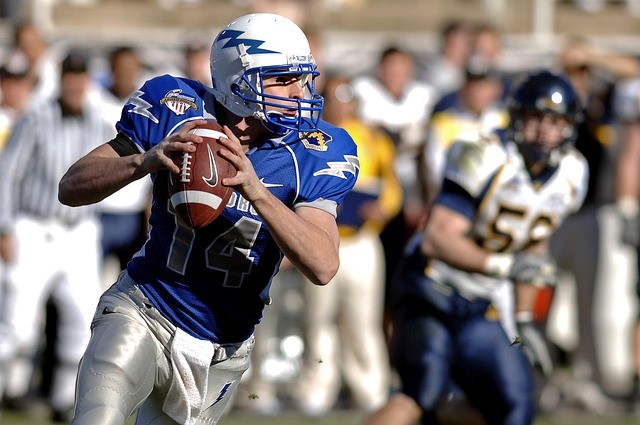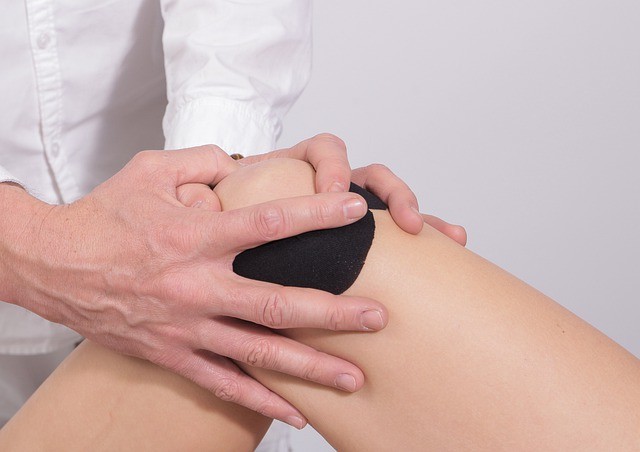Best Sports Physical Therapist in Avery Ranch TX – David Reitze
If you are a coach, it is important that your athletes perform at their best and that they remain free
from injuries. If they do suffer an injury, you want them back on the field (or pool, court or track)
as soon as possible. For your athletes, look for sports physical therapy near me.
Physical therapy is beneficial for athletes in numerous ways, and it is an essential part of their training.

Help Keep Your Athletes on the Field Longer
No matter what sport you coach, you want your best athletes to play and participate as much as
possible. One of the things that physical therapy does is improve athletic performance. There are
various therapies and exercises that work with the soft tissues and joints to reduce stiff muscles
and improve mobility and flexibility, which are important for any sport.
Physical therapy near Avery Ranch also helps strengthen certain areas that athletes may not use
much in their sports. By keeping every muscle strengthened, there is overall better performance.
Exercise programs also help to re-educate the athlete to improve nerve and muscle function,
cardiovascular health and resistance training. The results are that the athlete has more
endurance, agility, speed, explosiveness and coordination. This helps them play for longer
periods of time at a high athletic level. They also recover faster after a hard workout or game.

Get Your Athletes Back on the Field After Injury
Injuries are common for athletes, as they are constantly putting all they have in their daily
practices and games. Whether it is a sprained ankle, dislocated knee, shoulder injury or tennis
elbow, physical therapy can help in numerous ways. During the acute phase of the injury, PT
focuses on pain management, which helps reduce the need for pain medication, especially
addictive ones.
During physical therapy treatments, the therapist will do a variety of therapies based on the site
and severity of the injury. Treatment may include cryotherapy, manual therapy, trigger point work,
electrical stimulation, aquatic therapy, bracing and taping.
Once the injury begins to heal, it may be tempting for an athlete to return to regular practices.
However, the next step is rehabilitation of the injury to strengthen it. This often includes a variety
of exercises to lengthen, strengthen and balance the injured area. The therapist may also require
the athlete to do some exercises at home on a regular basis.
Part of physical therapy may also include preventing the injury from recurring. The therapist may
guide a sport-specific ergonomic training program to improve the way the athlete performs to
minimize injury risk. Even once the athlete is back to 100%, ongoing physical therapy may be
necessary to keep up with conditioning and the ongoing physical stress the body endures.
Whether your athletes need physical therapy for back pain, muscle sprains, overuse injuries or
dislocations, this healthcare field can help get them back in the game quickly. A physical therapist
may also work with biomechanists, exercise physiologists, nutritionists and sports medicine
doctors to deliver the most effective overall care for injuries and prevention.
*This article was contributed by David Reitze.

